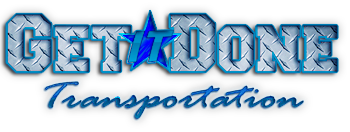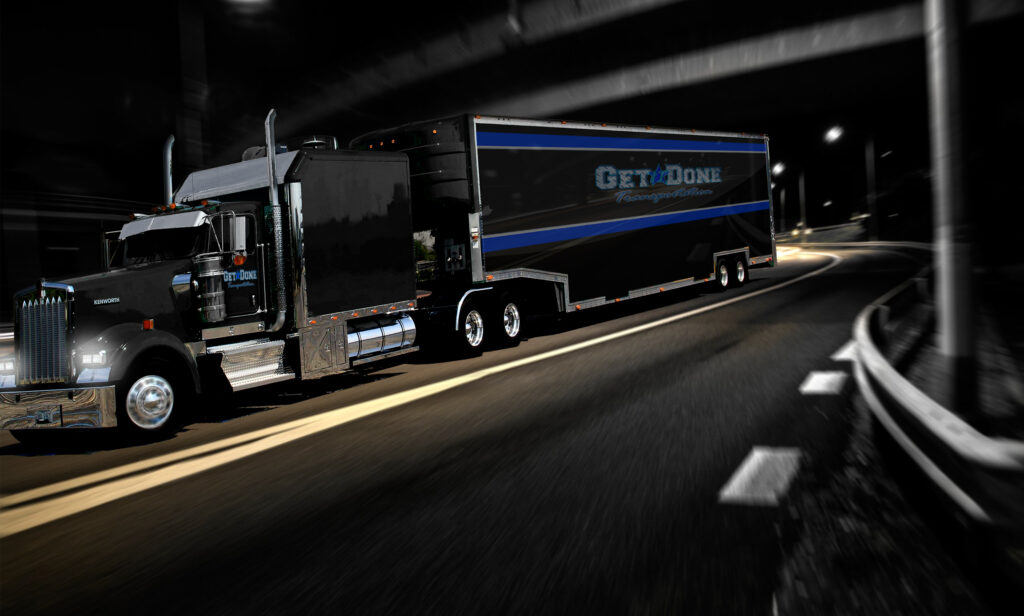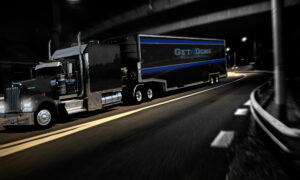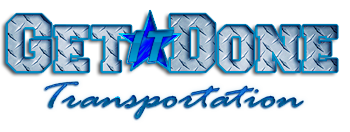Vehicle transport carriers employ various methods to secure vehicles during transit, ensuring the safety of the cars and mitigating the risk of damages. Both open and enclosed carriers have their methods of securing vehicles, tailored to the specific design of the carrier and the nature of the vehicles being transported.
1. Loading Procedures:
a. Positioning:
- Open Carriers: Vehicles are loaded onto two levels – top and bottom. Heavier vehicles are generally loaded on the bottom to maintain balance.
- Enclosed Carriers: Vehicles are loaded in a singular or multi-level fashion, depending on the design.
b. Spacing:
- Vehicles are placed with ample space in between to avoid contact, and the optimal arrangement is used to balance the load properly.
2. Securing Methods:
a. Wheel Straps:
- These are used to secure the wheels to the carrier’s deck, thus restricting any movement. The straps are usually attached to the ratchets on the trailer.
- It’s crucial to ensure straps are tight and secure, preventing any lateral or vertical movement during transit.
b. Chain Ties:
- Some carriers use chains that are attached to the vehicle’s frame. They are generally stronger than straps but may risk damaging the vehicle if not used correctly.
- The chains are connected to the trailer to provide stability and security, preventing the vehicle from moving during transit.
c. Ratchet Strap System:
- This system uses straps and ratchets to fasten the vehicle securely to the trailer. It’s particularly useful in enclosed carriers where chains might not be suitable.
- The ratchets allow for tightening the straps to the desired tension, ensuring the vehicle is snugly fitted and immobile.
3. Vehicle Protection:
a. Enclosed Carrier Protection:
- Enclosed carriers offer added protection from road debris, weather, and other external elements. Vehicles are fully covered, mitigating the risk of accidental scratches, dents, or damages.
- High-value, classic, or exotic cars often use enclosed carriers for added security and protection.
b. Padding and Wrapping:
- Soft padding or wraps can be used to protect the vehicle’s body from potential scratches or dings, especially in crowded carriers.
- This method is more common in enclosed carriers transporting high-value vehicles.
4. Balance and Weight Distribution:
a. Balancing the Load:
- Proper weight distribution is vital to maintain the balance of the carrier. It prevents any tipping or imbalance during movement, reducing the risk of accidents.
- Carrier operators must consider the weight of each vehicle and its position on the carrier to avoid any load imbalance.
b. Adjustment En Route:
- During transit, the carrier driver may have to adjust the positioning or securing systems to maintain the balance, especially if there are multiple drop-off points.
- Regular checks and adjustments are crucial to ensure ongoing safety and security throughout the transport journey.
5. Insurance and Liability:
a. Insurance Coverage:
- Reputable vehicle transport carriers have insurance coverage to protect against any potential damages during transit.
- Customers should clarify the extent of the coverage and consider additional insurance if necessary.
b. Carrier Responsibility:
- The carrier is responsible for securely loading, transporting, and delivering the vehicle without any damages.
- Any failure to secure the vehicles properly can result in liability on the part of the carrier for any resulting damages.
6. Inspection and Documentation:
a. Pre and Post-Transport Inspection:
- Before loading and after unloading, a detailed inspection of the vehicle is conducted to document its condition.
- Any damages, scratches, or discrepancies are noted, and both the carrier and the owner or their representative should agree on the documented condition.
b. Bill of Lading:
- The Bill of Lading is a vital document that records the condition of the vehicle and other transport details.
- It serves as a contract between the carrier and the customer and can be used in case of disputes regarding damages.
7. Risk Management:
a. Driver Training:
- Drivers of vehicle transport carriers are trained in secure loading, proper balancing, and safe driving to reduce the risk of accidents or damages during transit.
- Training includes risk management, emergency response, and adherence to safety protocols and regulations.
b. Regular Monitoring:
- Many transport carriers have monitoring systems that allow real-time tracking and status updates.
- Monitoring helps in managing any risks and ensures timely and secure delivery of the vehicles.
Conclusion:
The security and safety of vehicles during transport are paramount. Various securing methods, carrier types, and protective measures are employed to mitigate the risk of damages. Both customers and transport carriers have roles to play in ensuring the security of the vehicles, from selecting reputable carriers with proper insurance to conducting thorough inspections and proper documentation. The meticulous approach to securing vehicles and managing risks ensures the integrity of the transport process and the satisfaction of the customers.
This comprehensive overview should provide a clear insight into how vehicles are secured during transport, enhancing the understanding of the measures and responsibilities involved in vehicle transport. The combination of secure loading, balanced weight distribution, protective measures, and diligent monitoring makes vehicle transport a reliable service for customers needing to transport their vehicles over long distances.







